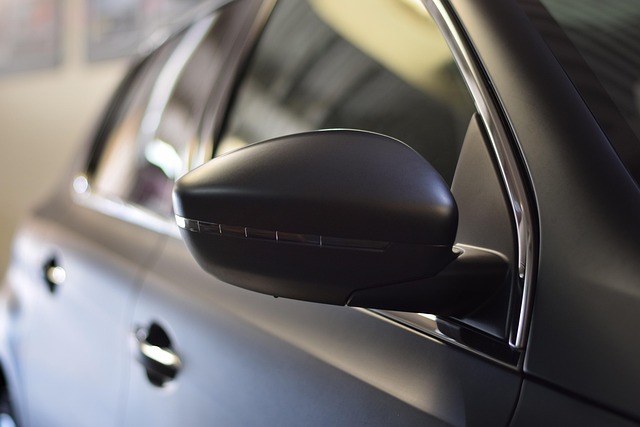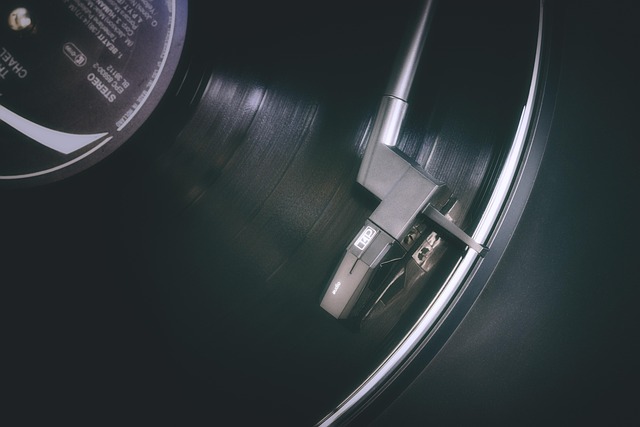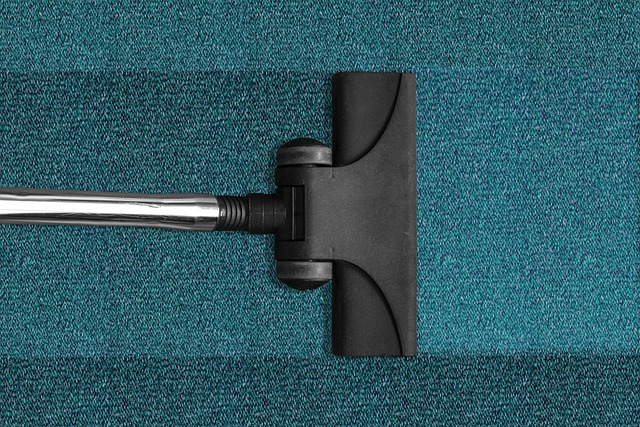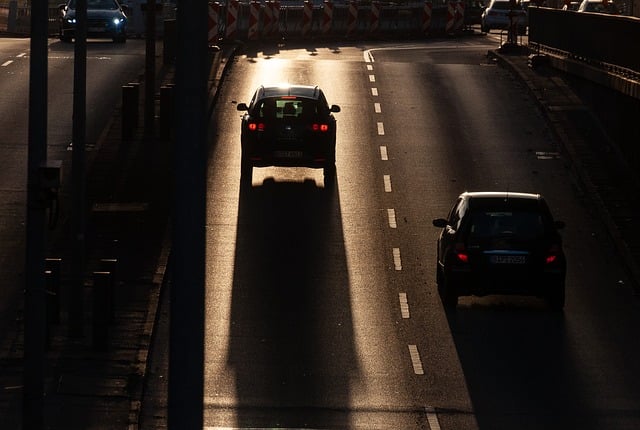Revamp Your Vehicle: A Comprehensive Guide to the Benefits and DIY Techniques of Vinyl Wrapping
What is Vinyl Wrapping?
Vinyl wrapping is a process where a vehicle’s exterior is covered with a thin layer of vinyl film. This technique allows for a complete transformation of the vehicle’s appearance without the permanence of a paint job. The vinyl can come in a variety of colors, textures, and finishes, allowing for personalization and creativity.
Benefits of Vinyl Wrapping
- Enhanced Aesthetics: Vinyl wrapping can completely change the look of your vehicle. With a wide array of colors and finishes, you can easily achieve a sleek, modern appearance or a bold, eye-catching design.
- Protection: A vinyl wrap serves as a protective layer against scratches, UV rays, and minor abrasions. It helps maintain the integrity of the original paint underneath.
- Cost-Effectiveness: Compared to a full repaint, vinyl wrapping is typically less expensive. Additionally, it can be reversed if you want to change the look again in the future.
- Quick Application: The application process for vinyl wrapping is generally quicker than that of traditional paint, allowing you to enjoy your new look sooner.
- Easy Maintenance: Vinyl-wrapped vehicles are easy to clean and maintain. Regular washing will keep the wrap looking fresh and vibrant.
- Resale Value: A well-maintained vinyl wrap can protect the original paint, which may help retain the vehicle’s resale value.
DIY Vinyl Wrapping: Step-by-Step Guide
If you’re considering taking the plunge into DIY vinyl wrapping, follow this comprehensive guide to ensure a successful application.
Materials Needed
- Vinyl wrap material
- Utility knife
- Heat gun or hairdryer
- Application squeegee
- Isopropyl alcohol and microfiber cloth
- Measuring tape
- Gloves (optional)
Step 1: Prepare Your Vehicle
Start by washing your vehicle thoroughly to remove dirt and debris. Use isopropyl alcohol and a microfiber cloth to clean the surfaces you plan to wrap. This ensures that the vinyl adheres properly.
Step 2: Measure and Cut the Vinyl
Measure the areas you plan to wrap carefully. It’s better to cut slightly more vinyl than needed, as you can trim the excess later. Lay the vinyl flat and cut it to size, ensuring you have enough material for overlaps and edges.
Step 3: Heat the Vinyl
Before applying, heat the vinyl slightly with a heat gun or hairdryer. This makes the material more pliable and easier to work with, especially around curves and edges.
Step 4: Apply the Vinyl
Start applying the vinyl from one end, using the application squeegee to push the vinyl onto the surface. Work out any air bubbles as you go, moving from the center outwards. For complex curves, heat the vinyl again to help it conform to the shape.
Step 5: Trim Excess Vinyl
Once the vinyl is applied, use a utility knife to carefully trim any excess material along the edges. Be cautious not to cut into the vehicle’s paint underneath.
Step 6: Final Touches
After trimming, go over the wrapped area with the heat gun again to ensure proper adhesion. This step is crucial for a smooth finish and longevity of the wrap.
Step 7: Allow to Settle
Let the wrap settle for at least 24 hours before exposing your vehicle to harsh weather conditions or washing it. This will ensure that the vinyl adheres properly and lasts longer.
Conclusion
Vinyl wrapping is an excellent way to revamp your vehicle’s look while providing protection and enhancing its value. With the right tools and techniques, you can achieve a professional finish through a DIY approach. Whether you want to change the color, add a unique design, or protect your vehicle’s original paint, vinyl wrapping offers a versatile solution that is both cost-effective and aesthetically pleasing.










